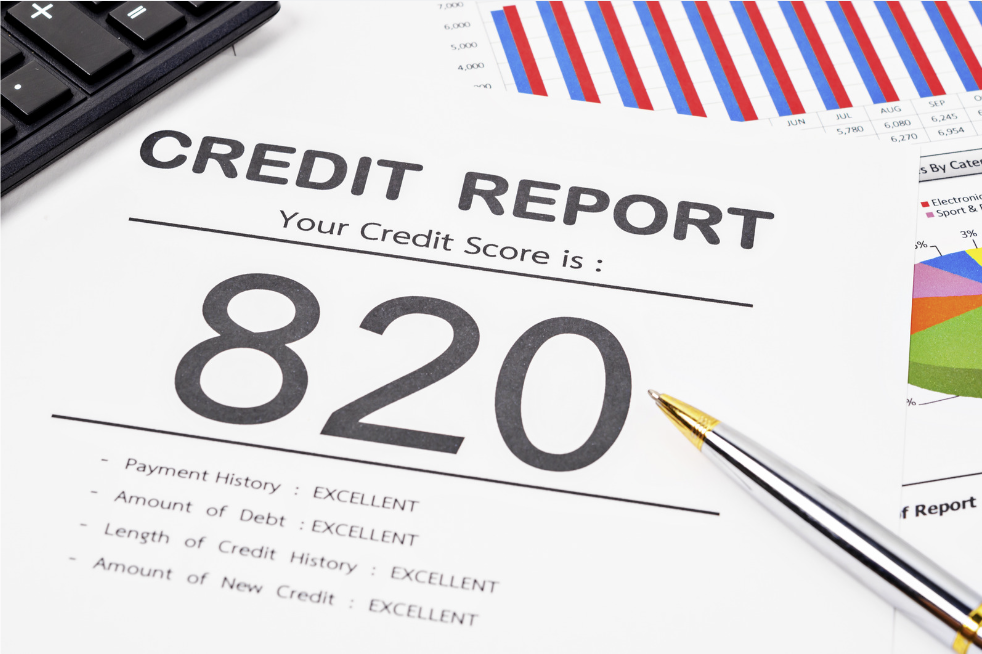
Understanding your credit report is essential for managing your financial health. Your credit report contains detailed information about your credit history, which lenders use to assess your creditworthiness. Here’s a step-by-step guide to help you read and understand your credit report.
Step 1: Obtain Your Credit Report
The first step in understanding your credit report is to obtain a copy. You are entitled to a free credit report from each of the three major credit bureaus—Equifax, Experian, and TransUnion—once every 12 months. You can request these reports through AnnualCreditReport.com.
Internal Link: Free Credit Report Review
Expanded Content: Obtaining your credit report is the foundation of maintaining good credit health. It’s important to request reports from all three major credit bureaus because each one might have slightly different information. Regularly checking your credit report can help you spot errors, detect identity theft early, and understand how lenders might view your creditworthiness. If you need more frequent updates, consider subscribing to a credit monitoring service that provides alerts and regular access to your credit reports and scores.
Step 2: Review Personal Information
The top section of your credit report contains personal information, including your name, address, Social Security number, and date of birth. Ensure all this information is accurate, as errors here can affect your credit score.
Expanded Content: Accurate personal information is crucial for a clean credit report. Incorrect details can lead to confusion and even denial of credit. Verify that your name is spelled correctly and that your current and previous addresses are listed accurately. Any discrepancies could indicate potential identity theft or simple administrative errors that need correcting. If you find any inaccuracies, contact the credit bureau to correct them immediately.
Step 3: Examine Account Information
This section lists all your credit accounts, including credit cards, mortgages, auto loans, and other types of credit. Each account entry includes details such as:
- Creditor Name: The name of the lender or credit card issuer.
- Account Type: The type of account (e.g., credit card, mortgage).
- Account Status: Whether the account is open, closed, or in default.
- Payment History: A record of your payments, indicating whether they were on time, late, or missed.
Review this section carefully to ensure all accounts and payment histories are accurate.
Expanded Content: Your account information section provides a comprehensive overview of your credit history. Pay close attention to the payment history, as this is a significant factor in your credit score. Ensure that the status of each account (open, closed, paid off) is correct. Any errors in this section could negatively impact your credit score. If you spot any incorrect entries, such as accounts you don’t recognize, it’s essential to report these to the credit bureau immediately to investigate possible fraud.
Step 4: Check for Negative Information
Negative information, such as late payments, defaults, bankruptcies, and collections, can significantly impact your credit score. This information typically remains on your credit report for up to seven years. Ensure any negative entries are correct and dispute any inaccuracies.
Expanded Content: Negative information is a critical area of your credit report that can affect your ability to secure new credit or loans. Understanding how long different types of negative information stay on your report can help you manage your expectations. For instance, late payments might stay on your report for up to seven years, while bankruptcies can stay for up to ten years. Regularly monitoring this section and addressing inaccuracies promptly can help you maintain a healthier credit profile over time.
Internal Link: Creditworthy Blog
Step 5: Review Credit Inquiries
Credit inquiries are requests to view your credit report. There are two types:
- Hard Inquiries: Occur when a lender checks your credit report to make a lending decision. These can affect your credit score and stay on your report for up to two years.
- Soft Inquiries: Occur when you check your own credit or when a lender checks your credit for pre-approval offers. These do not affect your credit score.
Make sure you recognize all the hard inquiries listed on your report. If you see any that you don’t recognize, it could be a sign of identity theft.
Expanded Content: Understanding the difference between hard and soft inquiries can help you manage your credit score more effectively. Hard inquiries occur when you apply for new credit, such as a mortgage or a credit card, and too many in a short period can signal to lenders that you are a high-risk borrower. Soft inquiries, on the other hand, do not affect your score and occur when you check your own credit or when companies perform background checks. Regularly reviewing this section helps you ensure that all inquiries are legitimate.
Internal Link: Creditworthy Course
Step 6: Understand Public Records
Public records on your credit report can include bankruptcies, tax liens, and civil judgments. These records can significantly impact your credit score and are generally reported for seven to ten years.
Expanded Content: Public records can have a substantial negative impact on your credit score. Bankruptcies can remain on your credit report for up to ten years, while tax liens and civil judgments can stay for seven years. It’s important to be aware of how these records can affect your ability to obtain new credit and take steps to address any issues that arise. Paying off outstanding tax liens or judgments and working with a credit counselor can help mitigate some of the negative effects.
Step 7: Dispute Inaccuracies
If you find any errors on your credit report, it’s crucial to dispute them with the credit bureau that issued the report. Provide documentation to support your claim, and the bureau is required to investigate and correct any inaccuracies.
Expanded Content: Disputing inaccuracies on your credit report is a proactive step towards maintaining a healthy credit score. Start by writing a formal dispute letter to the credit bureau, detailing the inaccuracies and providing supporting documentation, such as copies of bank statements or payment receipts. The bureau has 30 days to investigate and respond to your claim. Monitoring the outcome and ensuring that corrections are made is essential for protecting your creditworthiness.
Internal Link: How It Works
Why Understanding Your Credit Report Matters
Your credit report is a key factor in your financial health. Lenders use it to determine your creditworthiness, which affects your ability to obtain loans, credit cards, and even housing. Regularly reviewing your credit report helps you:
- Catch Errors Early: Identifying and disputing errors can prevent damage to your credit score.
- Prevent Identity Theft: Regular monitoring can help you spot unauthorized activity.
- Improve Credit Management: Understanding your report helps you manage your credit more effectively and make informed financial decisions.
Regularly understanding and reviewing your credit report is crucial for maintaining financial stability. Your credit report not only affects your ability to borrow money but can also impact your employment opportunities and insurance premiums. By staying informed about your credit status, you can take steps to improve your score, such as paying down debt and avoiding new hard inquiries. Moreover, a good credit report can help you secure better interest rates and loan terms, saving you money in the long run.


